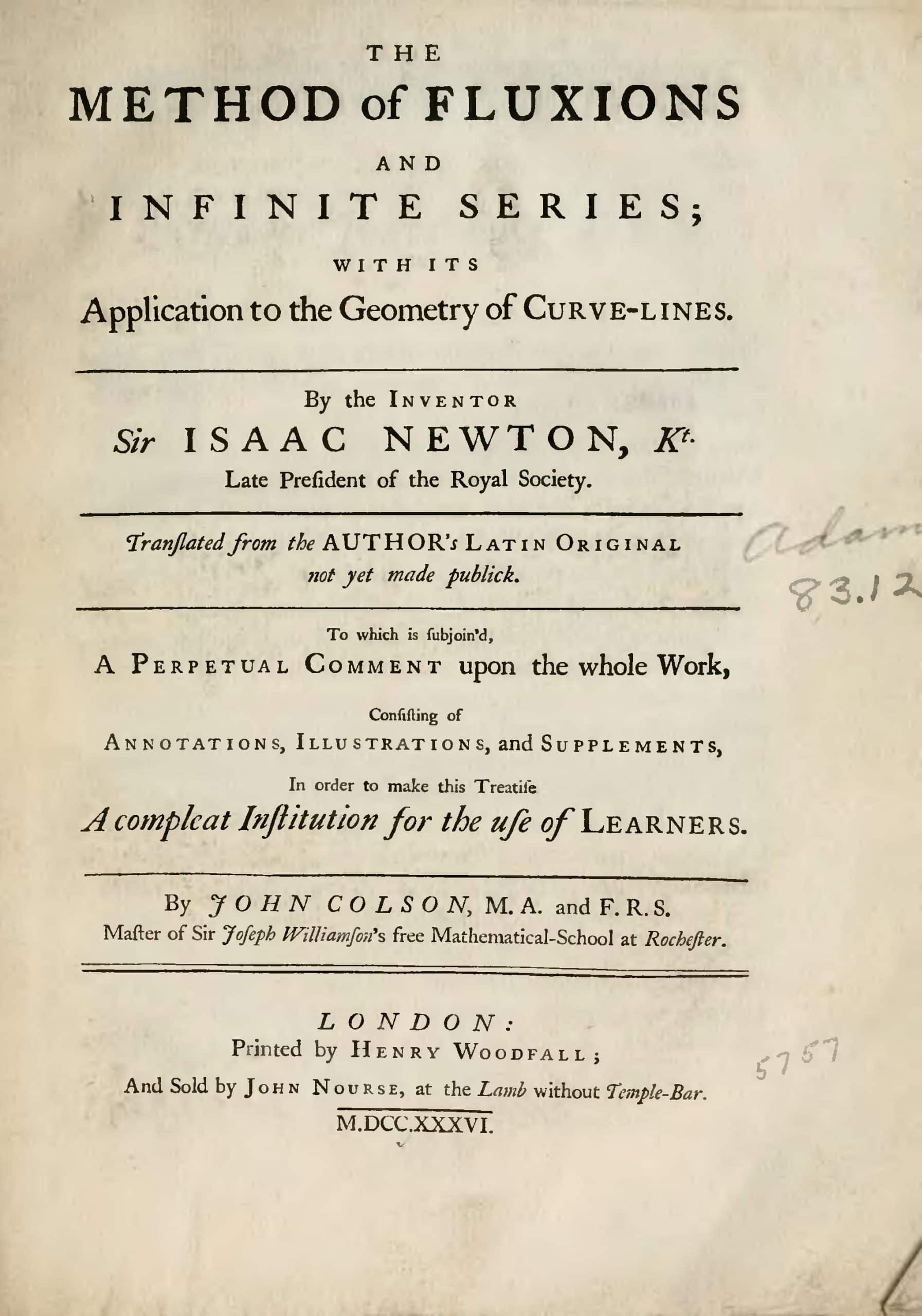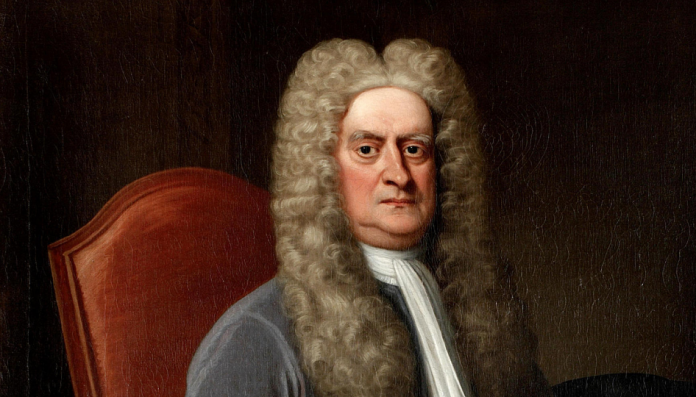
That said, the book ends on an ominous note: recent studies indicate that “the average global temperature has increased by 1.8 degrees over the past five centuries. On the other hand, Christianson and others acknowledge that climate and weather are notoriously complex to model, so maybe we don’t have all the answers yet.

International agreements to control emissions and pollution are fought out between the have and have-not nations, resulting in only modest gains and the dim prospect that countries like China and India will not comply. The sky begins to fall in the second half, where Christianson lays out chapter and verse on the increasing load of carbon dioxide in the atmosphere, the chlorofluorocarbon-ozone hole story, deforestation and droughts, rain forest loss, the evidence from ice core bores, and more. Each new development is neatly captured in fine style, with sketches of colorful personalities. Coal mining, iron and steel works, the coming of the railroads, the discovery of oil, the automobile age. Next are 19th- century tales of the soot and blackening of the skies over English cities as coal replaced wood in homes and factories-and mutant moths with black wings replaced their spotted forebears on blackened tree trunks. His story begins with the mathematician Fourier, whose studies of heat diffusion led to the idea that gases in the earth’s atmosphere trapped sunlight and re-radiated it back to the earth as heat. Christianson is a historian (Indiana State Univ.) who has written biographies of Newton, Hubble, and Loren Eiseley, and clearly has a scholar’s eye for depth and detail.

At least half this book is fascinating history of technology-the birth and growth of the Industrial Revolution the second half describes what that portends in terms of global warming.


 0 kommentar(er)
0 kommentar(er)
